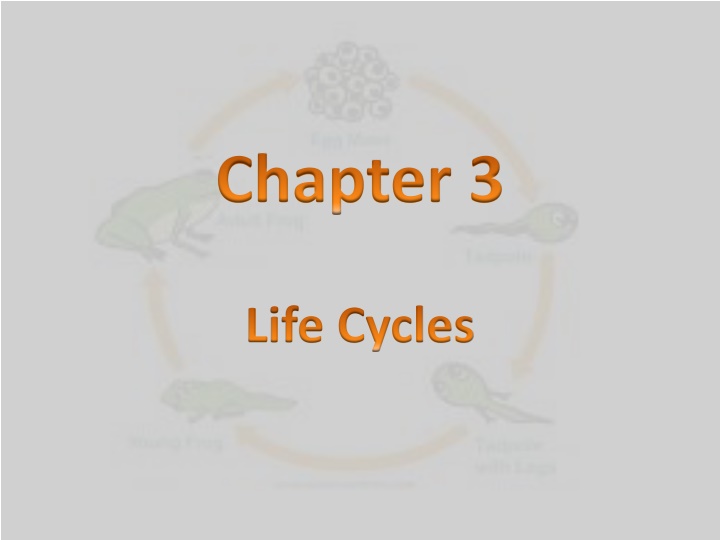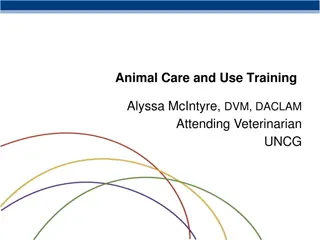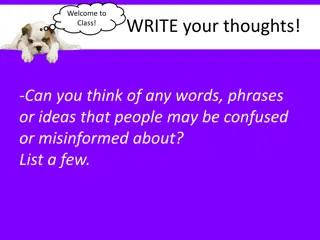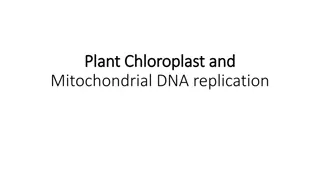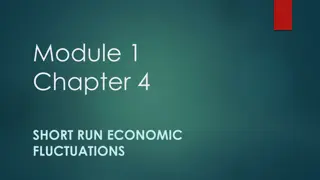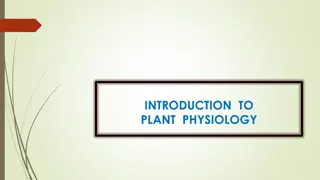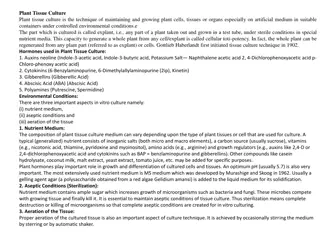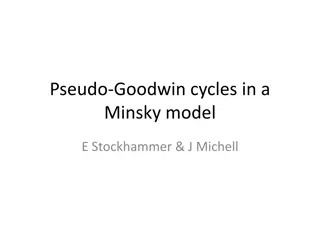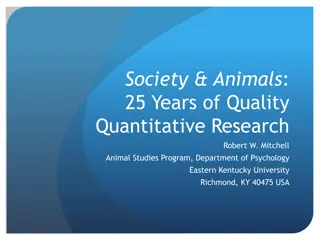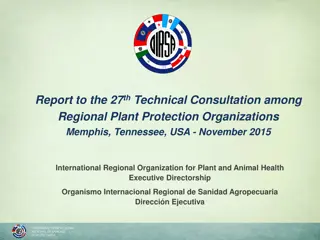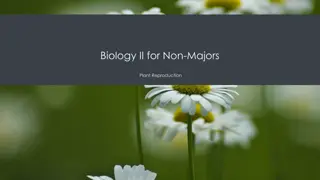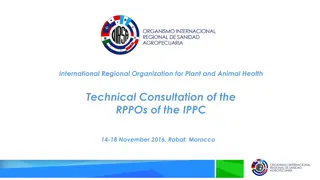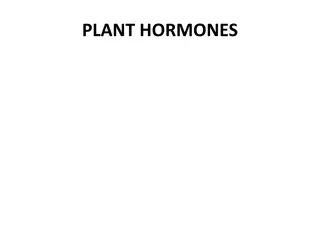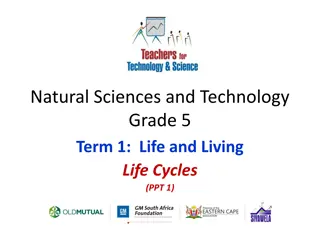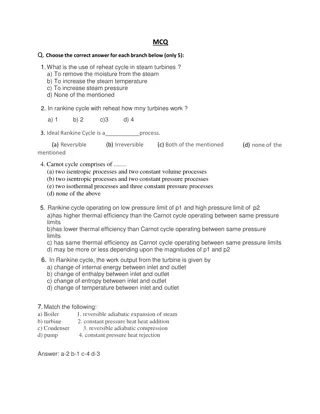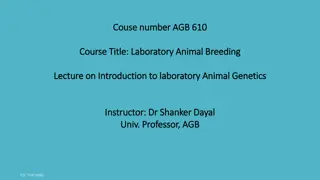Life Cycles: Plant and Animal Development
Delve into the intriguing life cycles of plants and animals through key vocabulary and detailed explanations. Explore topics such as embryo development, germination, pollination, and more. Understand the essential stages and processes that occur in the lifetimes of living organisms.
Download Presentation

Please find below an Image/Link to download the presentation.
The content on the website is provided AS IS for your information and personal use only. It may not be sold, licensed, or shared on other websites without obtaining consent from the author.If you encounter any issues during the download, it is possible that the publisher has removed the file from their server.
You are allowed to download the files provided on this website for personal or commercial use, subject to the condition that they are used lawfully. All files are the property of their respective owners.
The content on the website is provided AS IS for your information and personal use only. It may not be sold, licensed, or shared on other websites without obtaining consent from the author.
E N D
Presentation Transcript
Chapter 3 Life Cycles
Lesson 1: Plant Life Cycles Key Vocabulary
1. embryo- A plant or animal in the early stages of development
2. germinate- to begin growing a new plant
3. life cycle- a series of stages that occur during the lifetime of a living thing
4. life span- the length of time it takes for an individual organism to complete its life cycle
Notes 1. The ___________ of the flower makes pollen which is needed to form ___________. 2. 3 ways pollen can be moved from the __________ to the __________: a) Wind b) Water c) Animals (insects)
Notes 3. _________ _________ petals attract birds and insects to a flower. 4. Life Cycle of a Flowering Plant: A. Pollen is moved from the ___________ to the ___________. B. The plant forms a __________. D. When the seed ___________, a young plant will grow. C. The plant releases a ___________.
Notes 5. For flowering plants, the life span begins when a seed __________. 6. In organisms that are similar, such as trees, the smaller kinds usually have shorter life spans than the larger kinds.
Lesson 2: Animal Life Cycles Key Vocabulary
1. adult- A fully grown, mature organism
2. egg- The first stage in the life cycle of most animals
3. larva- A worm-like form and the second stage of complete metamorphosis
4. metamorphosis- The process in which an animal changes form in different stages of its life cycle
5. nymph- The second stage of incomplete metamorphosis
Lesson 2 Notes 1. Life cycle with __________ metamorphosis. Egg Larva Adult Pupa
Lesson 2 Notes 2. Life cycle with __________ metamorphosis. Egg Adult Nymph
Lesson 2 Notes 3. All ________ lay eggs, but _________ do not lay eggs. 4. Many insects change form ______ times. Examples: Butterflies, Ladybugs, Bean Beetles 5. In general, _________ _________ have shorter life spans than __________ __________ of the same kind.
Lesson 2 Notes 6. A _________ looks like an adult, but has no _________.
Lesson 3: Parents and Offspring Key Vocabulary
1. inherit- to receive traits from a parent
2. trait- a feature or a characteristic of a living thing
Lesson 3 Notes 1. A __________ trait is a trait that is passed from parents to offspring through reproduction. This is why parents and offspring usually ____________ (look like) each other. 2. Organisms with 2 parents __________ ________ from both parents. 3. A tadpole looks like its parents after ________ ____________.
Lesson 3 Notes 4. Living things resemble their parents Examples: Blue eyes, curly hair Examples: Frogs Some offspring look different, but grow to look like their parents Organisms inherit traits
